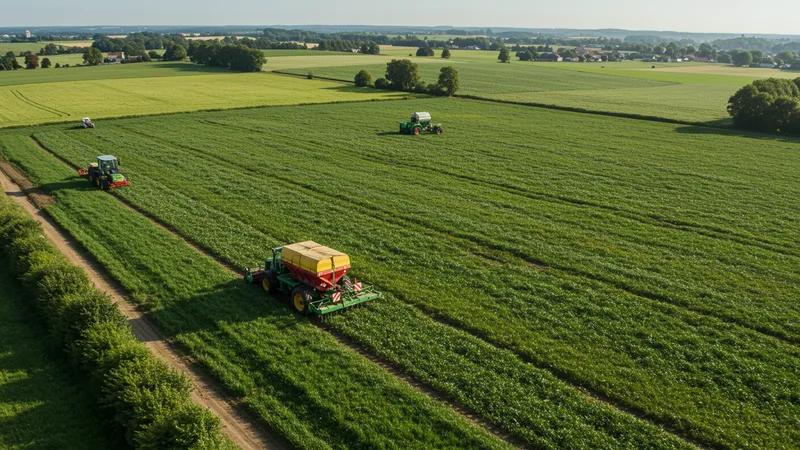

Chemical fertilizers are a cornerstone of modern agriculture, enabling farmers to significantly enhance crop yields and productivity. By supplying essential nutrients, they ensure the optimal growth and health of plants.
In today's world, where food security is crucial, chemical fertilizers play a vital role in sustaining the increasing global population. Their use is driven by economic demand and technological advancements in agricultural practices.
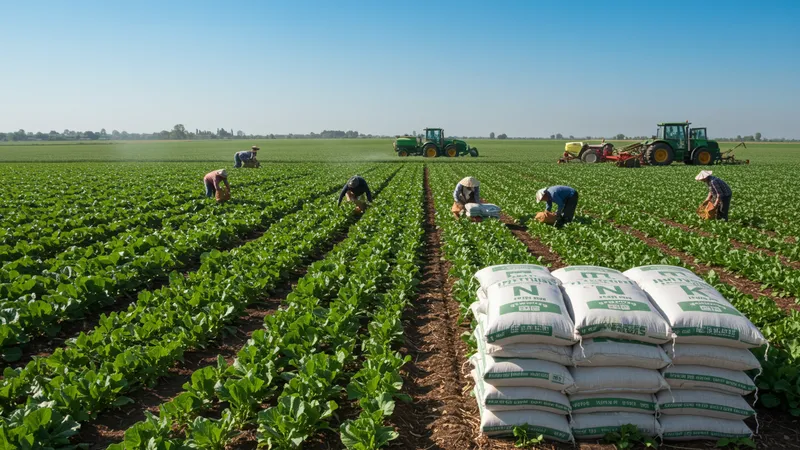
Chemical fertilizers, such as nitrogen, phosphorus, and potassium compounds, address nutrient deficiencies in soil, improving growth rates and agricultural output. They help replenish essential elements rapidly depleted by continuous cropping, thus ensuring sustainable farming.
Moreover, these fertilizers are pivotal in boosting the efficiency of irrigation practices and reducing the need for extensive land cultivation, allowing for optimal resource usage and minimizing environmental impacts.
In summary, chemical fertilizers are indispensable to modern agriculture due to their ability to bolster crop productivity and promote sustainable farming practices, ultimately ensuring food security and economic stability.
Chemical fertilizers are categorized by their nutrient content, primarily nitrogen, phosphorus, and potassium. Each nutrient serves a distinct function in plant growth, from promoting root development to enhancing flowering.
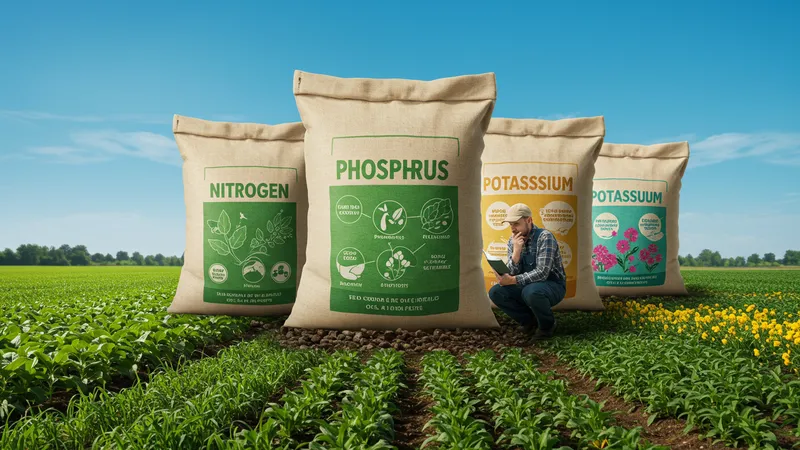
But what exactly determines the choice of fertilizer? Factors such as soil composition, crop type, and climate conditions influence the selection to ensure maximum efficiency.
Nitrogen-based fertilizers like urea stimulate leafy growth, essential for crops like wheat and corn, whereas phosphorus fertilizers support root establishment and energy transfer within plants.
Interestingly, potassium fertilizers are crucial for water regulation and disease resistance, making crops more resilient to environmental stresses and thereby improving yields.
Despite their benefits, chemical fertilizers pose environmental challenges, including waterway pollution from runoff, which can lead to algal blooms and harm aquatic life.
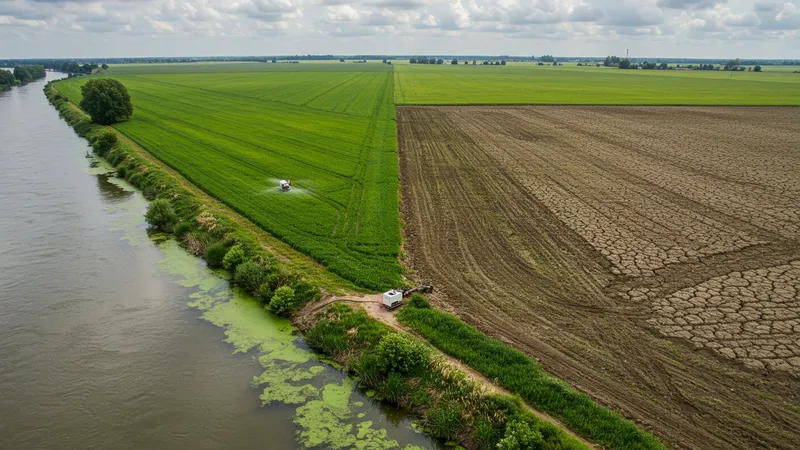
One more consideration is soil degradation over time—excessive use of fertilizers can alter soil chemistry, reducing its fertility and ability to support diverse ecosystems.
However, by implementing integrated nutrient management strategies, farmers can balance fertilizer use, reducing negative impacts and promoting sustainable practices.
Recognizing these impacts encourages the exploration of alternative nutrient sources, including organic fertilizers and bioenhancers, which can complement traditional chemical options.
Adopting precision agriculture techniques can significantly reduce costs, using technology to apply fertilizers precisely where needed and in optimal quantities.
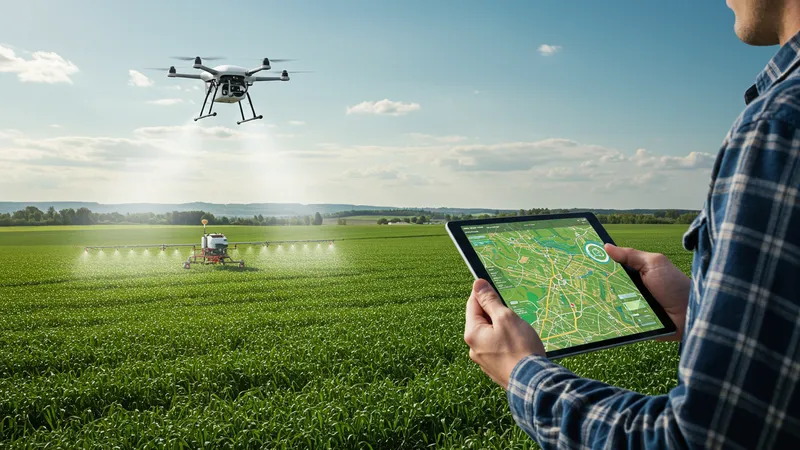
How can farmers best achieve this? Tools such as GPS-based systems and drones are becoming increasingly popular, enhancing accuracy and efficiency.
Additionally, soil testing kits allow for a deeper understanding of nutrient needs, facilitating targeted fertilizer application and minimizing waste.
The combination of these technologies not only cuts costs but also boosts yields, presenting a win-win scenario for both farmers and the environment.
Organic fertilizers, derived from plant or animal matter, offer a sustainable option, enriching soil fertility through natural nutrient cycles.
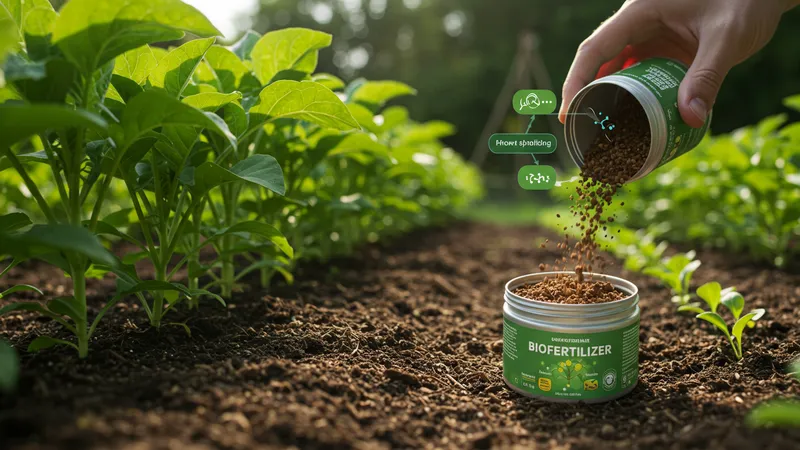
There’s a rising interest in biofertilizers—microbial concoctions promoting plant growth by enhancing nutrient availability in the soil.
Furthermore, composting is a traditional yet effective method, converting waste into nutrient-rich fertilizer, hence reducing reliance on chemical options.
Exploring these alternatives facilitates a balanced approach to fertilization, supporting the long-term health of agricultural systems.
Through an understanding of chemical fertilizers and their role in agriculture, we can leverage their benefits while mitigating environmental risks. By adopting integrated nutrient management, incorporating technological advancements, and exploring sustainable alternatives, we can enhance productivity and ensure food security in a growing world. It's imperative to balance efficiency with sustainability, adopting practices that aid in transforming agriculture for a sustainable future.
